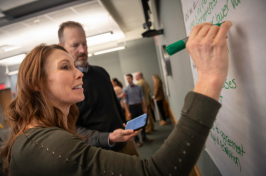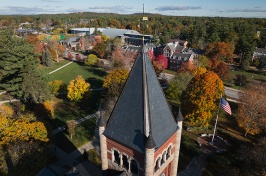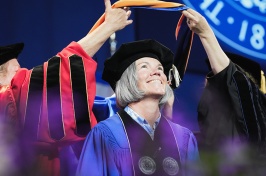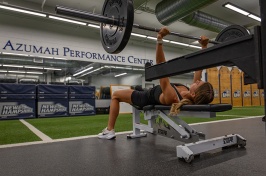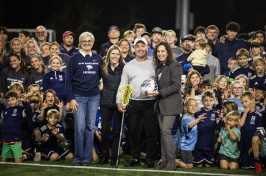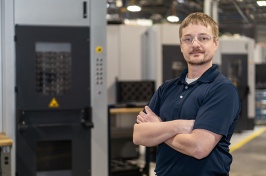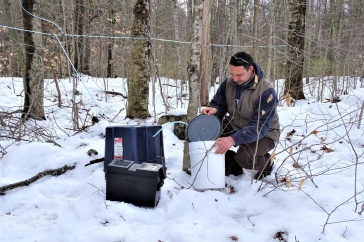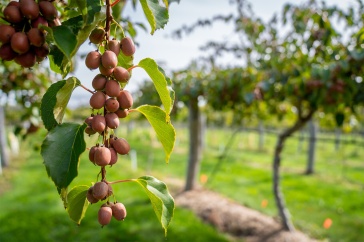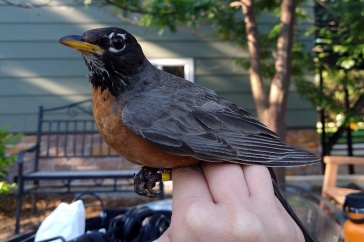New England's dairy farms, averaging just 73 acres in size, are predominantly family-run operations balancing tradition with modern demands. It’s a challenging task. A limited and increasingly expensive workforce, lack of sufficient veterinary services, impacts of unpredictable weather events and the uncertainty of tariffs on production costs are all intensifying the need for finding innovative business and operation efficiencies. Precision agriculture technologies can promote cost-effective cattle management, but their associated expenses have so far limited their adoption to mostly larger dairies. Researchers at the University of New Hampshire are now leading efforts to adapt the use of the technology for small New England dairy farms.
“Most of the research done with these technologies has been on large-scale operations,” says research lead Claira Seely, assistant professor of precision dairy management at the UNH College of Life Sciences and Agriculture. “But smaller farms need solutions tailored to their systems, whether it’s tie-stall or pasture-based dairies.”
The research uses sensors to track cows’ vital signs and behaviors. By collecting and analyzing data in real time and being able to assess animal health data at as little as 10-minute intervals, the research program aims to develop and demonstrate management practices that are feasible for smaller dairy farms. The technologies can then be used to reduce labor burdens and improve decision-making in areas such as nutrition, health interventions and environmental conditions.
“Farmers often ask how these tools will work on their operations, and it’s important to redefine success for these smaller farms,” Seely notes. “For example, the focus may not always be on increasing milk production, but instead on improving labor efficiency and ensuring healthier cows.”
“I hope this research demonstrates how accessible and impactful precision dairy technologies can be, especially for smaller farms,” Seely says. “The goal is to show that these tools are not just for large-scale operations — they have practical applications for farms of all sizes."
The sensors used in this study are small, nondigestible devices that are placed in the cow’s rumen, the largest compartment of a cow’s stomach, where they remain for the duration of her life. The sensors are designed to reside in the rumen without causing harm or discomfort and, unlike external monitors such as ear or collar tags, the sensors provide more consistent and reliable readings because their placement inside the cow protects them from environmental factors that can alter accurate data collection. The continuously generated and recorded data are key health indicators including body temperature, rumination, activity levels, hydration status and feed intake patterns.
The study is being conducted at the UNH Fairchild Dairy Teaching and Research Center and the UNH Organic Dairy Research Farm (ODRF). At Fairchild, the research team will assess the performance and specific uses of the sensors in tie stalls, a conventional dairy system used by many New Hampshire dairies, and, at ODRF, in an organic pasture-based system. Approximately 400 mature cows across the two farms will be monitored.
“For farms with tie-stall systems, where cows don’t move as much, the sensors offer a way to monitor body temperature and identify heat cycles, potentially replacing the need for hormonal synchronization protocols,” Seely says. “In pasture-based systems, sensors ensure consistent health monitoring even when cows are spread across large grazing areas, reducing the need for manual observation.”
The research also provides hands-on learning opportunities for UNH students, integrating precision agriculture tools into their studies and preparing them to address complex real-world challenges in the modern dairy industry. When precision agriculture technology — which collects large quantities of highly detailed data — is combined with science-based knowledge and data to make management decisions, farmers can become more cost-effective with decisions about herd health, resource use and productivity. Students working directly with data from sensors will gain expertise and experience in analyzing health and productivity metrics and applying evidence-based decisions to modern dairy operations.
“I hope this research demonstrates how accessible and impactful precision dairy technologies can be, especially for smaller farms,” Seely says. “The goal is to show that these tools are not just for large-scale operations — they have practical applications for farms of all sizes. This is a tool that many farmers use in their operations, and I’m excited that we can incorporate it into our teaching.”
-
Written By:
Nicholas Gosling '06 | COLSA/NH Agricultural Experiment Station | nicholas.gosling@unh.edu












